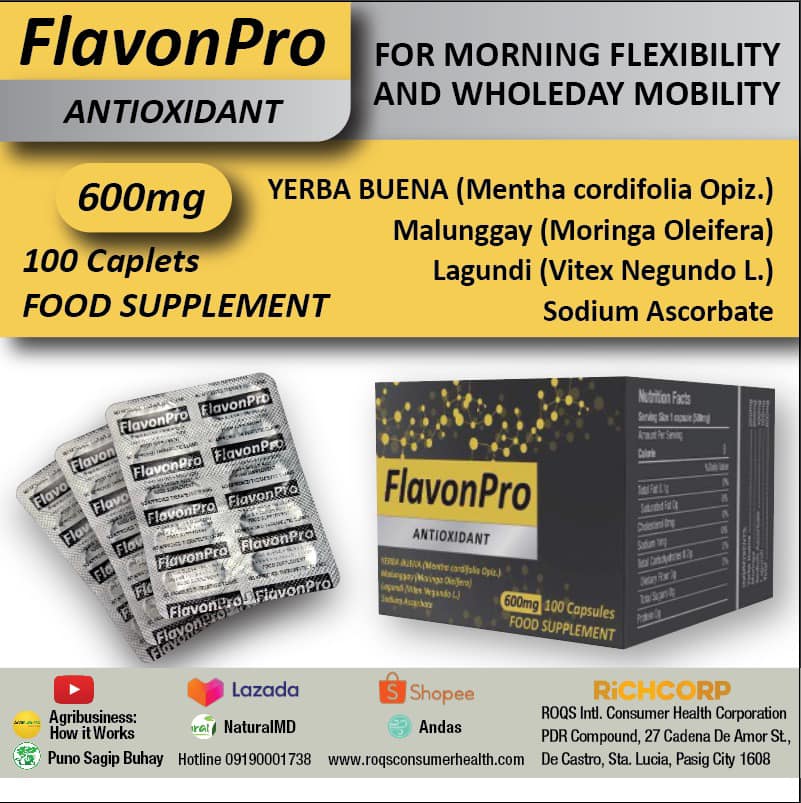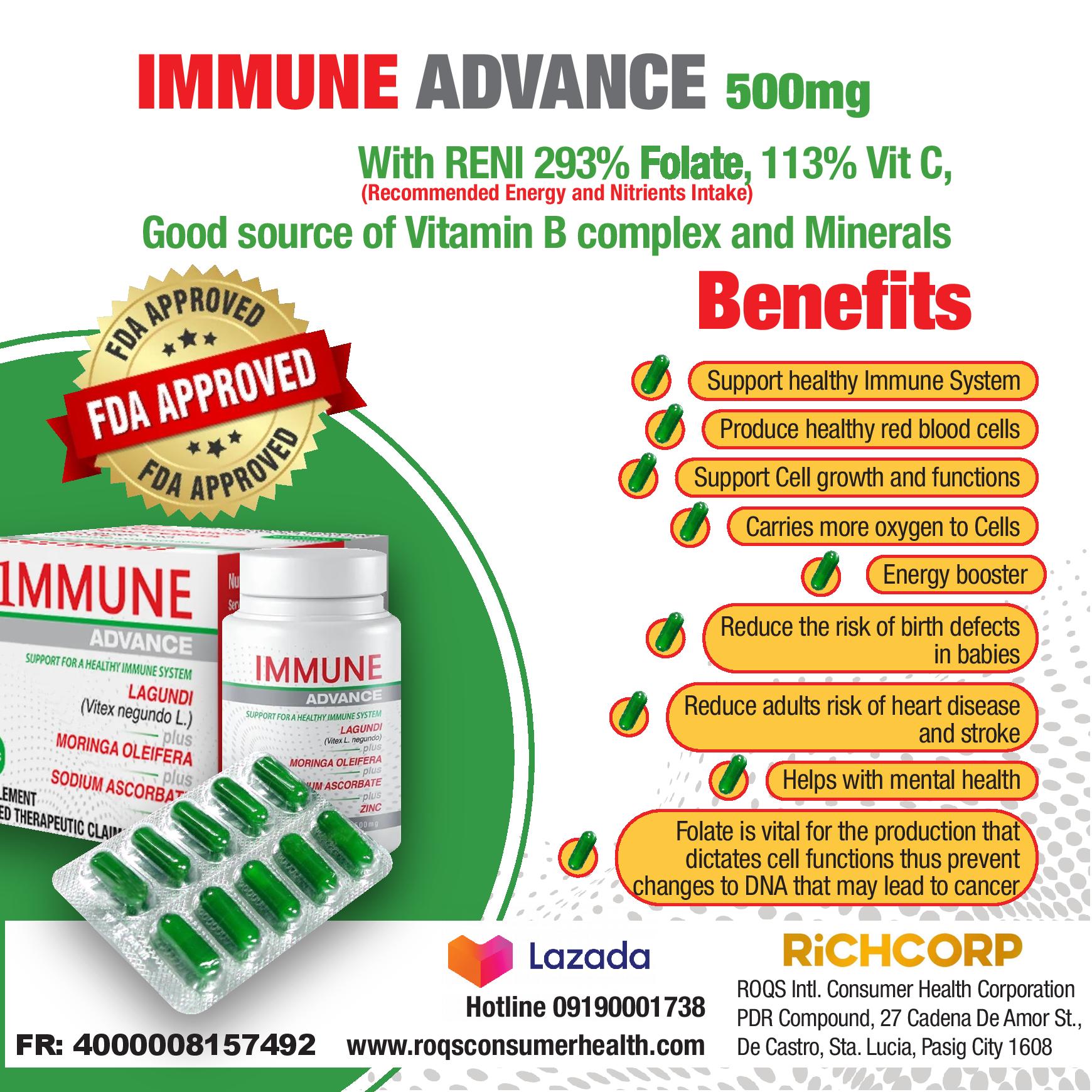Are you fond of eating cakes, cookies, brownies, and the like but wary of your sugar level? Well, you can now eat all these sweets without worrying. The coconut tree, the tree of life, has provided the modern world a sweetener which eases the worries on blood sugar level-the coco sugar.
Unlike other sweeteners in the market that are loaded with preservatives, additives, artificial flavoring, and anti-fermenting agents, coco sugar is all natural
Coco sugar is derived from coconut sap or toddy, locally known as “tuba.” The sap contains 12-18% sugar in its natural form with important vitamins and amino acids. It is also rich in nutrients and high in potassium, phosphorous, magnesium, sulfur, calcium, and vitamin C. When freshly gathered coconut tree sap is oyster white and is inherently sweet.
The flowers of the coconut tree provide the sap that is made into sugar. Each tree in good stand can yield an average of 2 liters of sap daily. At least four coconut trees are needed to produce one kilo of sugar per day. The production and the sugar content of the sap, however, are also determined by the location and the tree variety, as well as other factors such as the season, nutrition provided for the tree, tapping time and system.
A simple farm-level technology, the production of coco sugar is a natural process of heat evaporation to convert liquid sap to solid form of sugar granules. It requires no complicated and high-cost machineries or equipment nor a huge capital.
With its health benefits, the Philippine coconut sap sugar is gaining popularity here and abroad. It is a much welcome development for diabetics and hypoglycemics because of its low glycemic index (GI) of 35. This is much lower than the 54 GI, the level which nutritionists consider as safe for people who have to watch their blood glucose level.
Research results have shown that diabetics who use coco sugar are able to stabilize their blood sugar levels.
Backed up with technology and business support from agencies like the Philippine Coconut Authority (PCA), Department of Science and Technology (DOST), Philippine Council for Agriculture, Forestry and Natural Resources Research and Development (PCARRD), Southern Mindanao Agriculture Resources Research and Development Consortium (SMARRDEC), and the Department of Trade and Industry (DTI), the promise that holds for coco sugar is definitely safe and sweet. (Ricardo R. Argana, S&T media Service)




